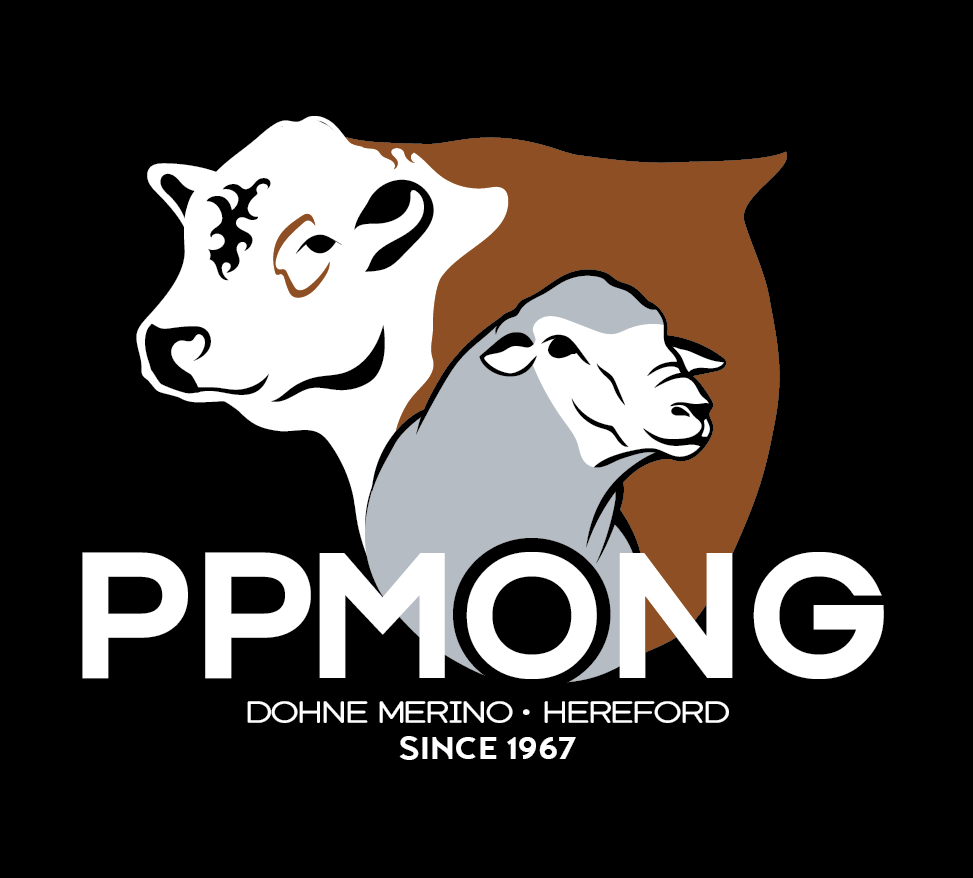HISTORY OF THE HEREFORDS IN SOUTH AFRICA
The Hereford breed’s history in South Africa dates back to the late 18th century when the first Herefords were brought by European settlers in the 1770s. Recognized for their adaptability and excellent meat-producing qualities, the breed gained prominence in South Africa’s livestock industry during the late 19th and early 20th centuries.
Breeders focused on refining Hereford characteristics, emphasizing their red and white markings, docility, and adaptability. In the mid-20th century, the South African Hereford Breeders’ Society was established to formalize breeding standards and promote growth. Today, the Hereford breed remains integral to South Africa’s beef industry, valued for meat quality and adaptability. Breeders in Villiersdorp and beyond contribute to the breed’s legacy through a blend of traditional and modern techniques.
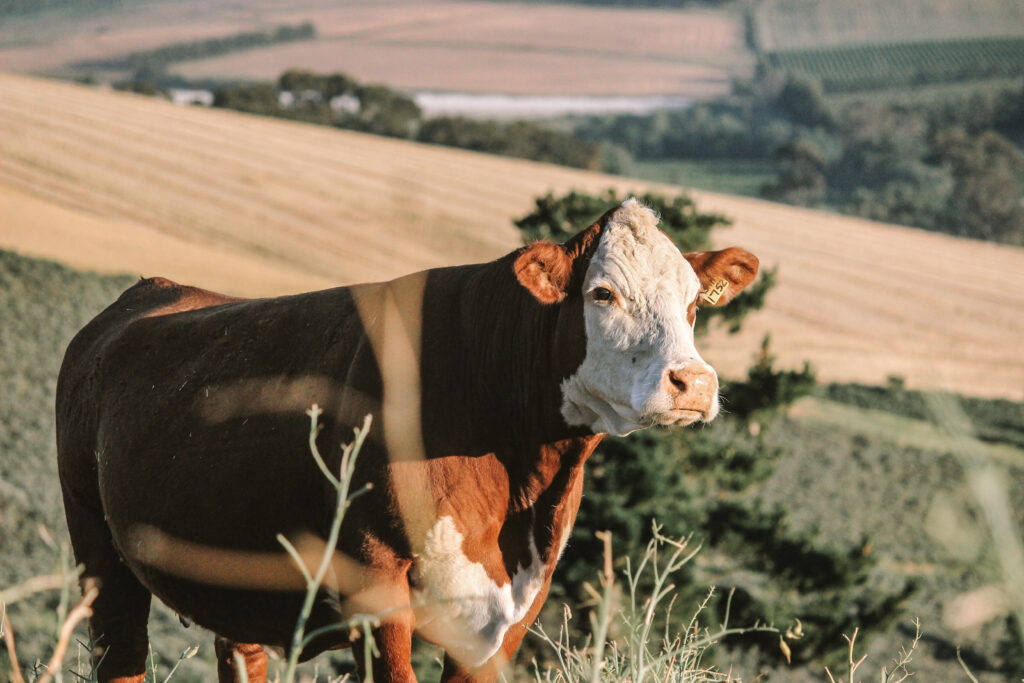
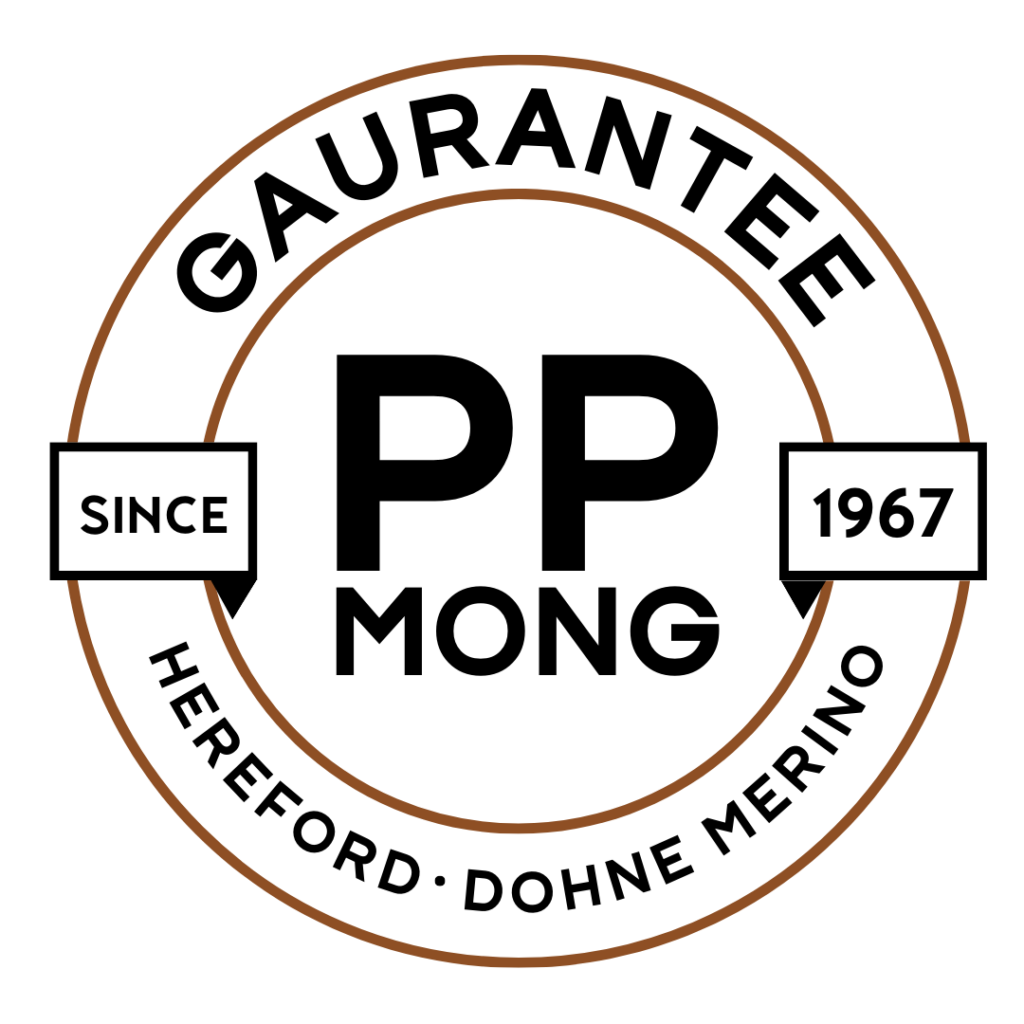
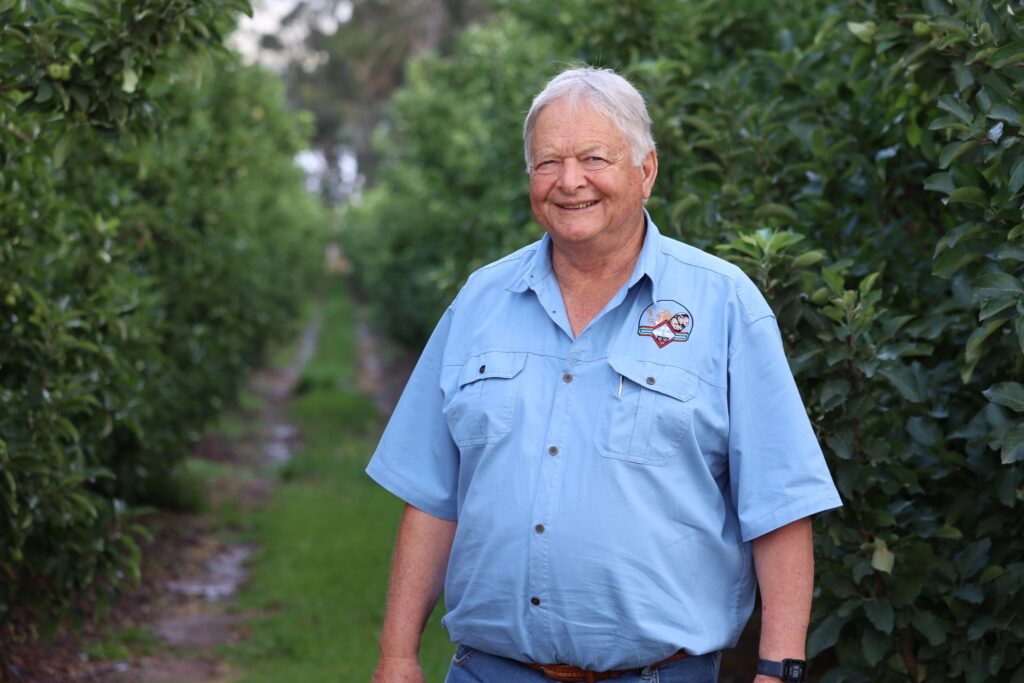
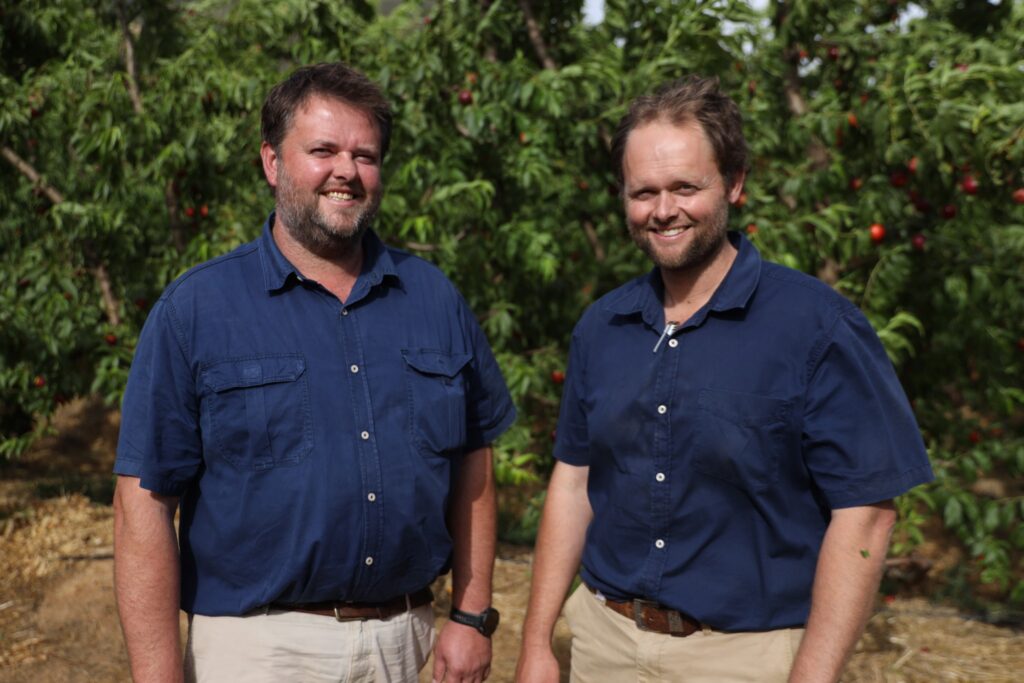
pp mong hereford stud story
I grew up as a child on our family farm Riviera. In 1976, I completed my studies at university and took over from my father in 1977.
In 1978, I purchased the farm Houmoed and started sheep and cattle farming. I bought my first Herefords from Mr. Koos Viljoen of Caledon, with imported semen and embryos from the United States of America and Canada. My sole aim was to improve the genetics of the herd as well as several other herds that I purchased.
My choice for Hereford cattle was easy. As a fruit farmer, temperament is very important to me. As a world leader of beef cattle breeds in 27 countries, Herefords were a certain and proven choice for maximum quality meat products.
– Bertus Mong
our vision
& mission
Breeding objectives and performance criteria were clearly defined from the outset:
- Fertility: Targeting a TKP calf interval of 365-380 days, with first calving occurring at 24 months.
- Meat production: Aiming for an average daily growth rate from birth to slaughter of 1.0kg-1.5kg, and a weight gain rate of 1.8kg-2.5kg per day.
- Meat quality: Evaluated through ultrasonic scanning (RTU scan) for muscle size and fat distribution.
- Adaptability: Developing a sleek hair coat for summer and a thick hair covering for winter.
- Cost efficiency: i) Homogeneous phenotype and temperament for reduced labor costs. ii) Feed conversion ratio, ranging from 4.5kg to 5.5kg of feed per 1kg of weight gain.
- Strong constitution with an easy gait for adaptation to African conditions.
- Full pigmentation for eye, udder, and testes protection in African environments.
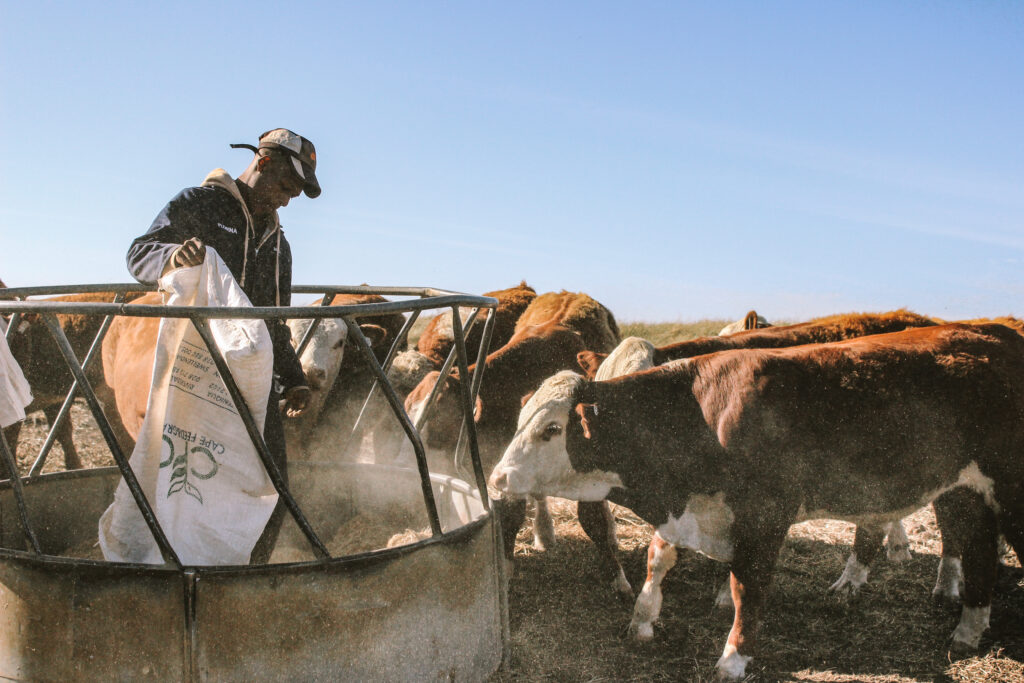
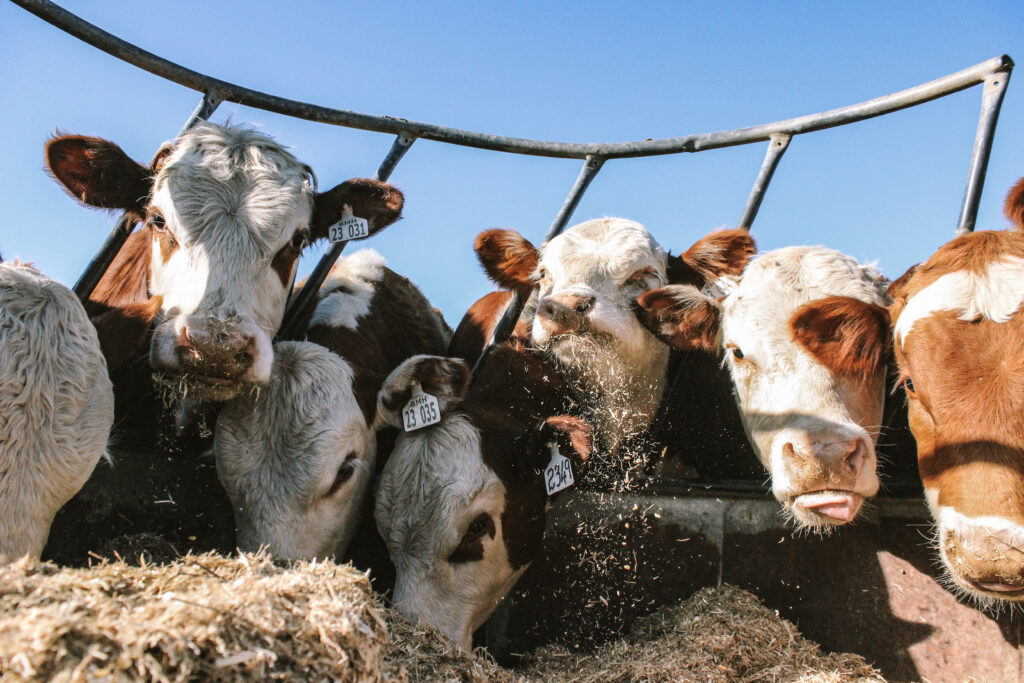
Precision Farming
Our latest addition is Precision livestock farming.
All breeding cows and bulls are verified for parentage and genomically tested. By linking information to an animal’s genetic merits enriched through direct genomic values (SNP) combined with estimated BLUP breeding values, predictions become much more accurate and can be used with greater confidence, especially for traits that can only be measured in one sex, such as heifer and cow fertility and milk (maternal) breeding values.
With precision livestock farming, we aim to minimize unknown factors by utilizing calculated genetics, ensuring profits in your pocket.
